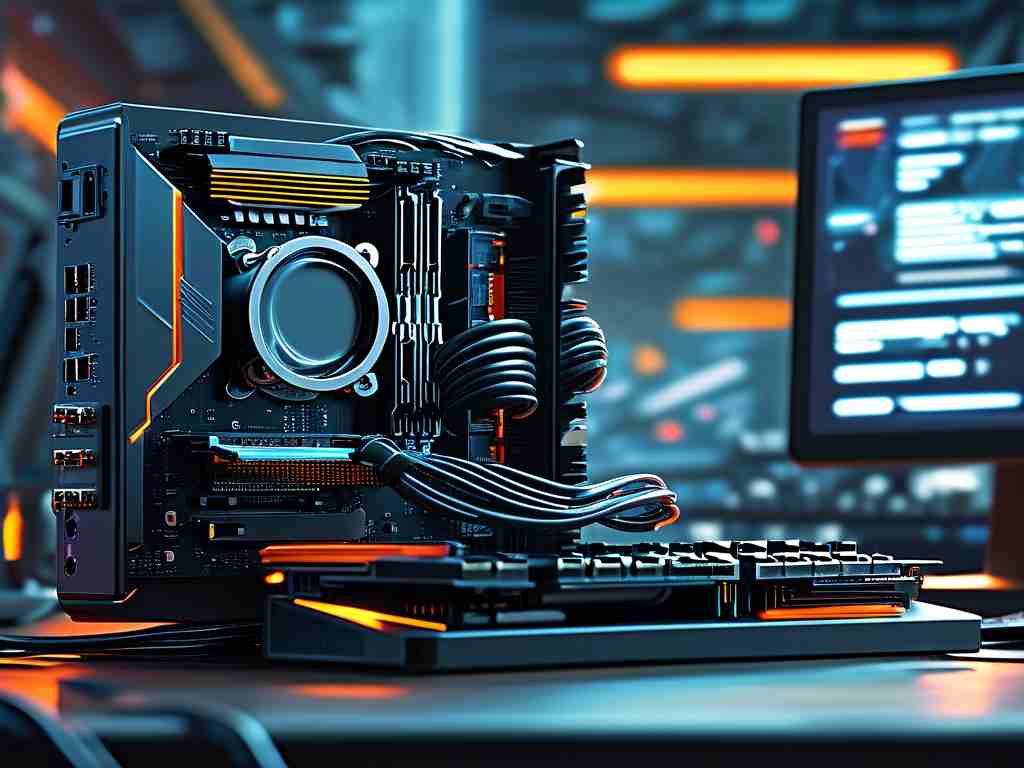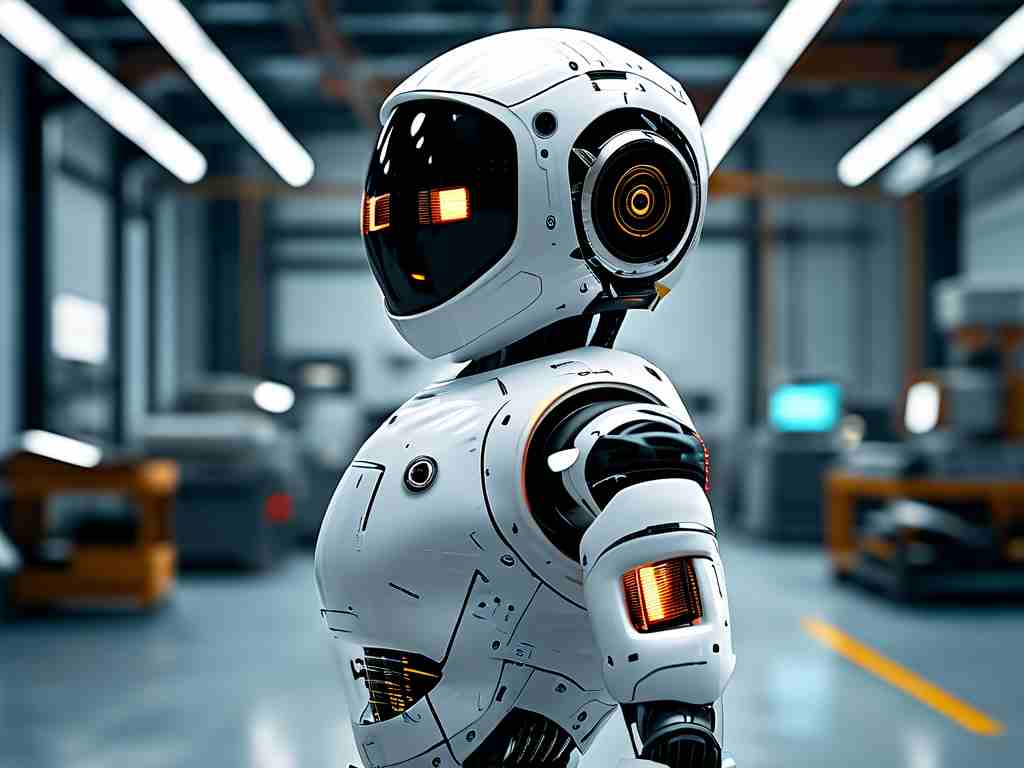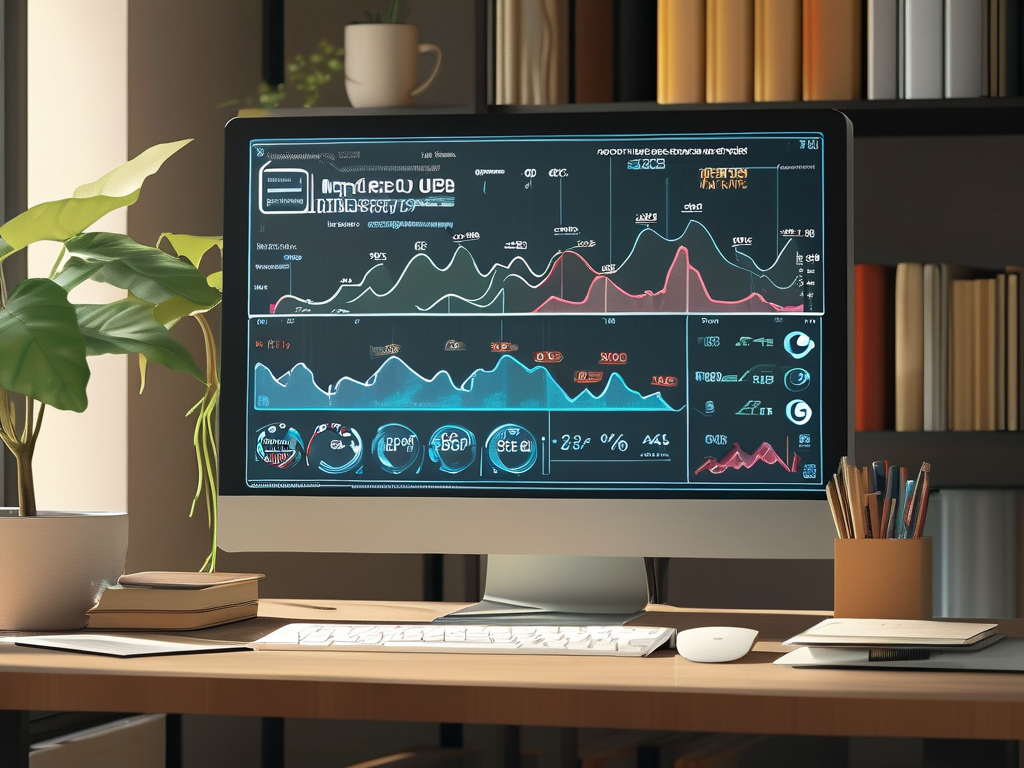Computer memory serves as the backbone of digital systems, enabling devices to perform tasks with speed and precision. Unlike permanent storage solutions like hard drives, memory focuses on temporary data retention and rapid access, making it indispensable for real-time operations. This article explores six practical applications of computer memory across industries while addressing common questions about its functionality.

1. Operating System Execution
Every computing device relies on memory to load and execute operating system components. When users power on a computer, critical kernel files and drivers get temporarily stored in RAM (Random Access Memory). This volatile memory configuration allows processors to quickly access system instructions and user interface elements. The efficiency of this process directly impacts boot times and overall system responsiveness.
2. Multitasking Management
Modern work environments demand simultaneous operation of multiple applications. Memory allocation determines how efficiently a device handles concurrent processes. When launching a photo editor alongside a web browser, the system distributes memory resources to maintain smooth operation. Insufficient memory often leads to lagging performance as devices compensate through disk-based virtual memory solutions.
3. Data Caching Mechanisms
Memory plays a crucial role in caching frequently accessed information. Processors utilize cache memory (L1/L2/L3) to store anticipated data requests, dramatically reducing fetch times from primary storage. Web browsers similarly employ memory caching to locally save website elements, enabling faster page reloads. This temporary storage strategy significantly enhances user experience across applications.
4. Virtual Memory Implementation
When physical RAM reaches capacity, operating systems create virtual memory space using storage drives. This memory extension technique allows devices to handle larger workloads by temporarily transferring inactive data to disk space. While slower than physical RAM, this approach prevents system crashes during memory-intensive tasks like video rendering or complex calculations.
5. Hardware Acceleration Support
Specialized memory types empower hardware components to perform dedicated tasks. Graphics cards contain GDDR (Graphics Double Data Rate) memory optimized for high-speed visual data processing. Similarly, AI accelerators use HBM (High Bandwidth Memory) to handle machine learning workloads. These specialized memory configurations enable real-time ray tracing in games and rapid neural network computations.
6. Gaming and Real-Time Simulations
Modern gaming systems require robust memory architectures to manage high-resolution textures and physics calculations. Game engines utilize memory pools to store environmental data and character models, while VRAM (Video RAM) handles frame buffering for smooth visual output. Flight simulators and scientific modeling software similarly depend on memory allocation for accurate real-time simulations.
Memory Optimization Techniques
System administrators employ various strategies to maximize memory efficiency. Memory compression algorithms reduce data footprint without losing information, while smart allocation protocols prioritize critical processes. Emerging technologies like 3D-stacked memory and non-volatile RAM solutions promise to further enhance memory performance and energy efficiency.
Frequently Asked Questions
Q: How does memory differ from storage?
A: Memory provides temporary, high-speed data access for active processes, while storage offers permanent data retention at slower speeds.
Q: Can adding more RAM always improve performance?
A: While beneficial for multitasking, excessive RAM beyond system requirements provides diminishing returns and should be balanced with processor capabilities.
Q: Why does memory usage fluctuate during idle periods?
A: Modern operating systems employ predictive caching, preloading anticipated data into unused memory space to accelerate future operations.
As technology evolves, memory innovations continue to shape computational capabilities. From quantum computing research to neuromorphic architectures, the development of advanced memory solutions remains critical for enabling next-generation applications in artificial intelligence, extended reality, and edge computing. Understanding these memory applications helps users optimize device performance and make informed hardware upgrade decisions.









